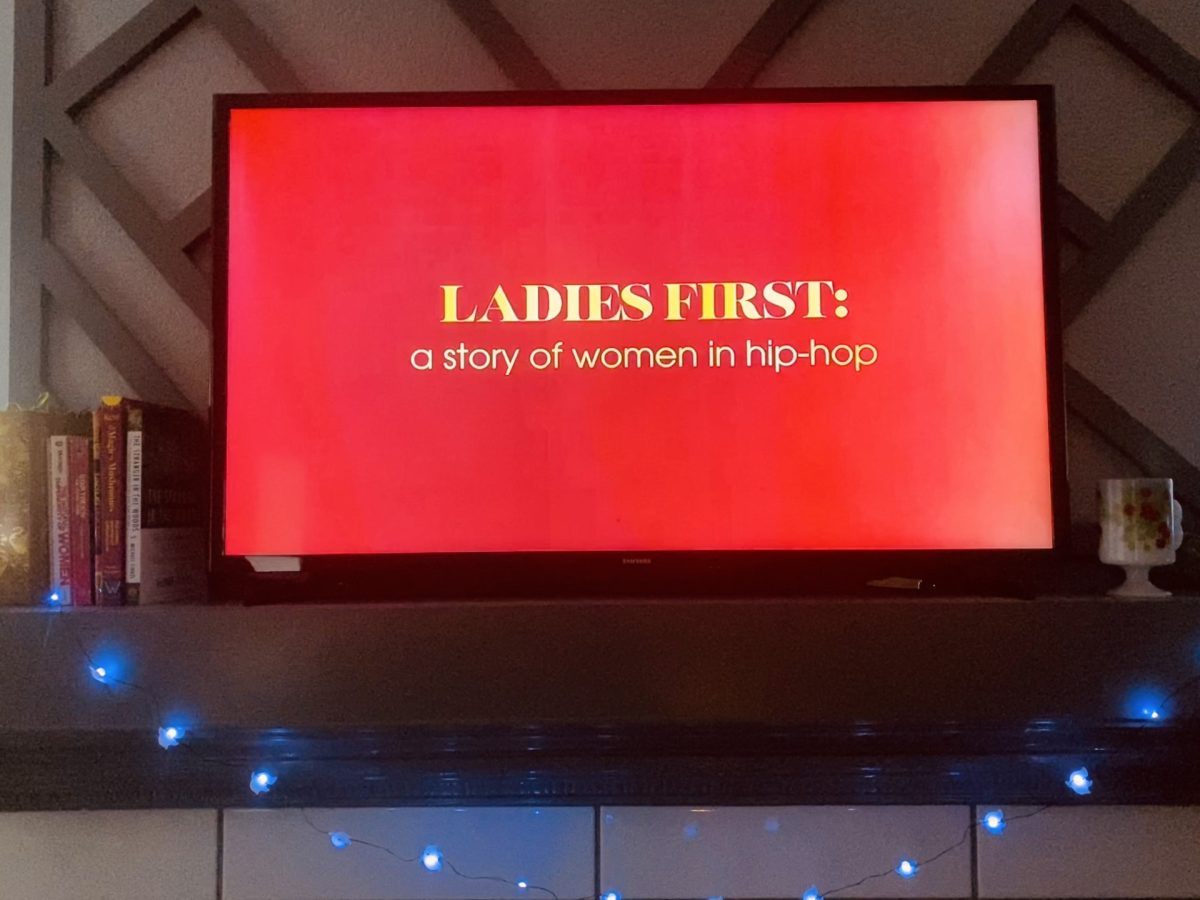Black History Month focuses on the excellence of black culture and the adversity faced by our predecessors. The history of a black man behind the camera in America is a story that is rarely told. His history starts in front of the camera; a once slandered spectacle transforms him into champion amongst many. He wasn’t always allowed the means to show his point of view, but once he fought for power behind the camera, he was eventually able to write history himself.
Every film student has studied D.W. Griffith’s shameless 1915 film “Birth of a Nation.” Originally titled “The Klansman,” it’s mainly noted for its cohesive story and unique editing style, things that were at the time revolutionary. The film follows a white man acting in black-face. Lustfully and savagely, he preys on a young white woman in distress. He is viewed as the antagonist, and this early use of film propaganda inevitably caused a ripple affecting the way black culture is viewed over the decades.
It wasn’t until decades later that black filmmakers like Julie Dash, Spike Lee and Jordan Peele were able to tell stories highlighting the past and present themes that affect minorities everyday. Themes like social awareness, economic inequality and race relations are the main motifs. They make it clear history has two sides. Films can be seen as a signpost and reflection of the society they represent. Until the Civil Rights Movement, black mens’ stories couldn’t tell themselves. Stories of love, hate, growth and pain are the product.
As the Civil Rights Act took off, desegregation incorporated black students into the very few available film programs. Here, students learned the craft of lighting, composition and storytelling tools needed to make films that rightfully represent what it means to be black in a rapidly changing America. Many movements start out of reaction to something else—in this case it was Hollywood and its “Blaxploitation Films”.
These films of black casts were mostly written and produced by white men. As the name suggests, Hollywood exploited black culture during the 1970s by creating a narrow representation of black culture at the time. The films often depict black men as drug dealers, pimps and killers. But somehow, these films still paint the men as antiheroes, as distorted champions. Hollywood created stereotypes of black people that anyone could take as fact if they didn’t attempt to seek the truth.
Young and thoughtful directors, such as Spike Lee, were ready to change the status quo after being unable to properly express themselves except through film. His use of poetic realism is comparable to French New Wave greats such as Renoir. His directorial debut, 1989s “Do the Right Thing,” tells the real and sometimes sad reality of black life. Lee frames the film as the hottest day in modern day Bed-Stuy.
The diverse neighborhood is agitated with each other, and the heat adds insult to injury. Fickle personalities clash as differences of opinion quickly become racial. The character Radio Raheem is symbolized as a proud, strong African American that finds his identity in Afro-centrism and black power. He embodies the love and hate one has for his fellow brothers and enemies. He is a justiciar to represent the people. This blind love and hate is what ultimately gets Raheem killed as police choke him to death.
Though not the happiest of endings, it is a reminder that our ancestors gave their all for us to recognize our advances and strides as a society. The way black men were portrayed in film needed an inherent change. You have the power and responsibility to write your own histories when you feel you are misrepresented.
fmbb6f@mail.umkc.edu








